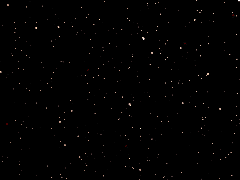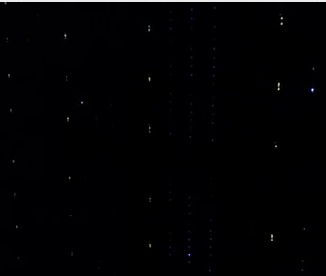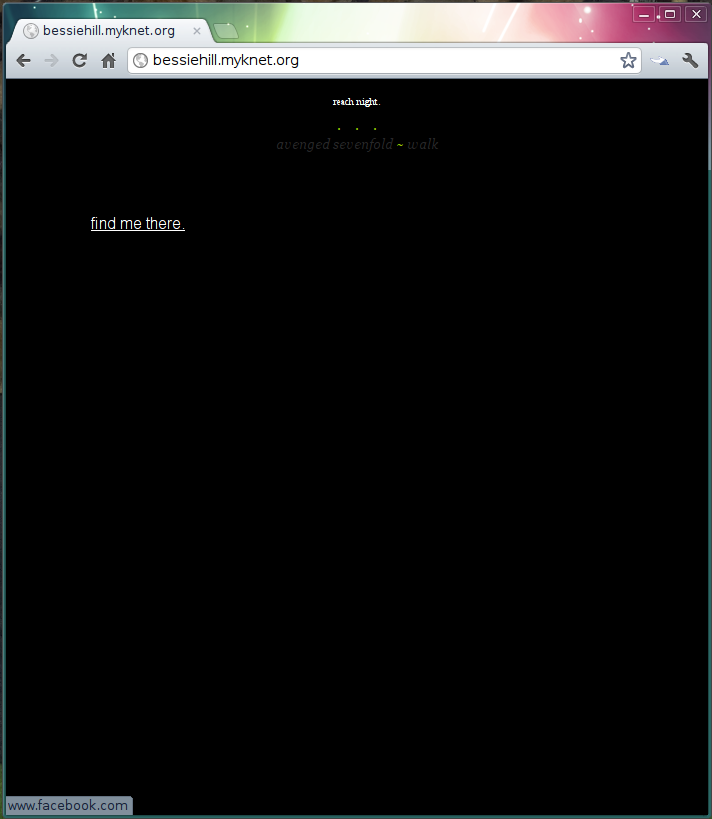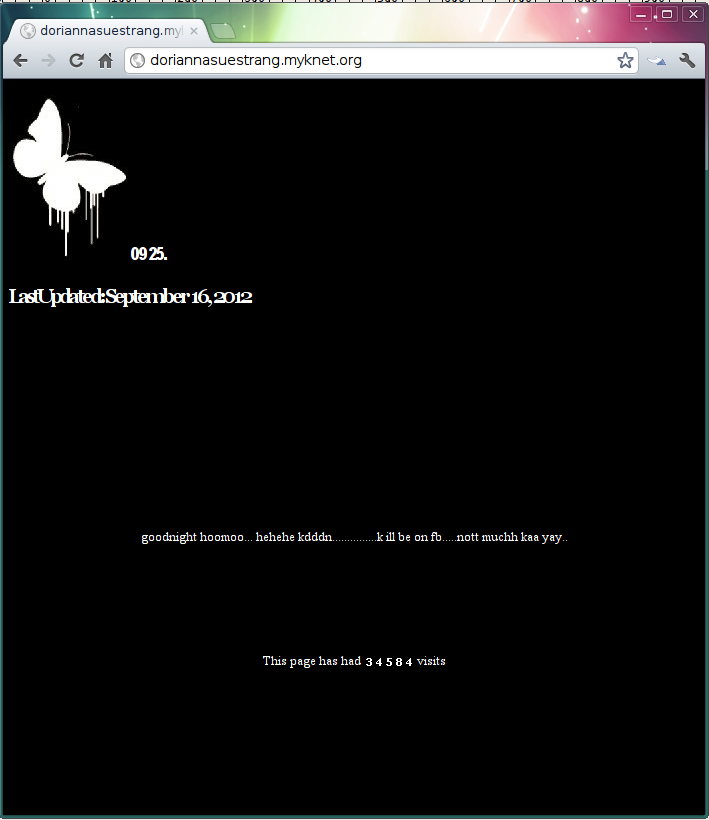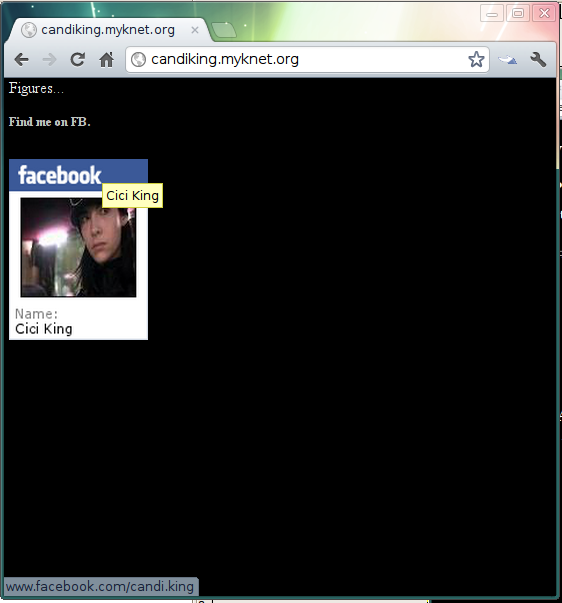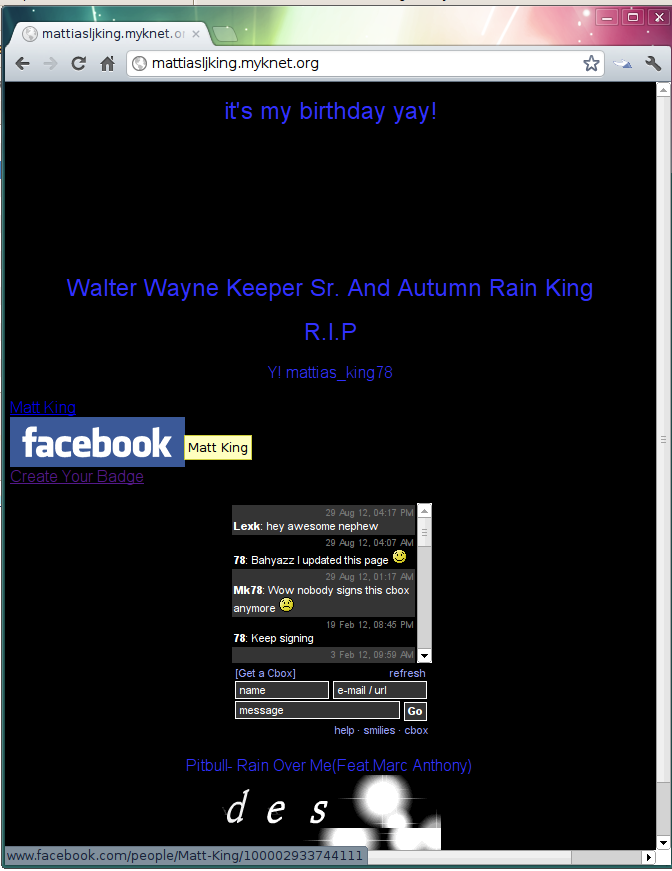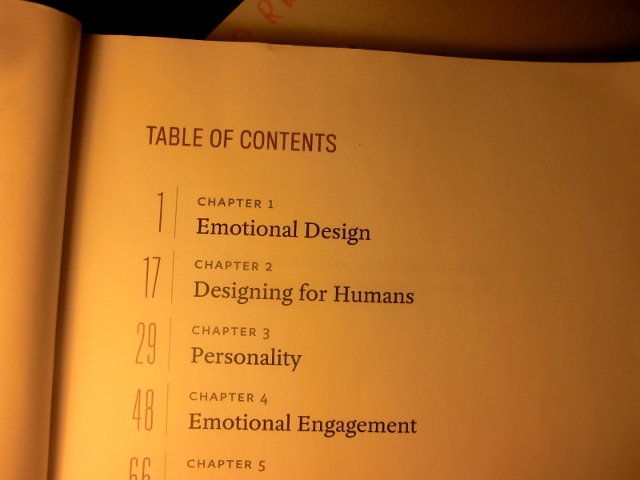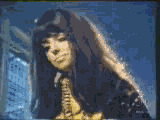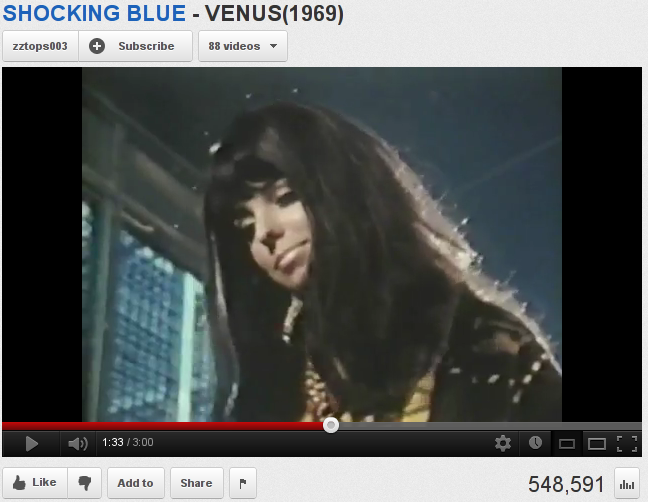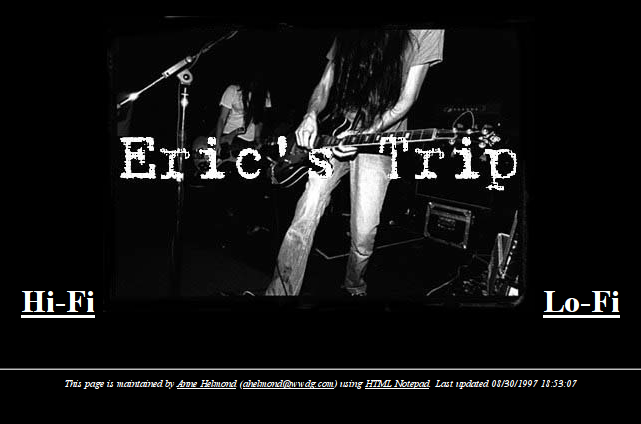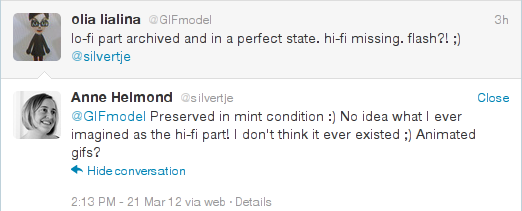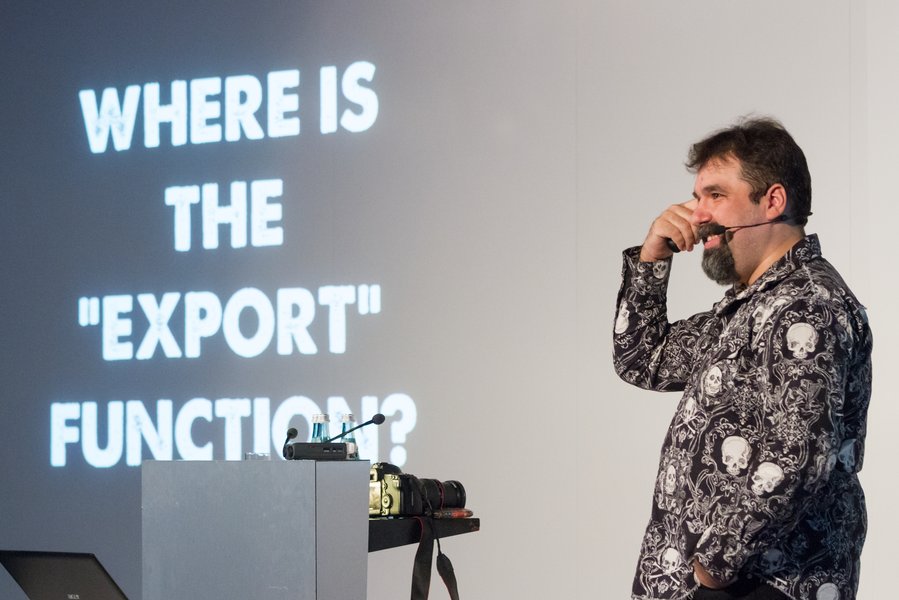
On the 4th of December 2012, Jason Scott, founder of Archive Team that restlessly rescues the files we uploaded all around the Internet, gave a wonderful lecture in Stuttgart. “Where are the Files?” tells the story of Jason’s personal obsession with copying and describes approachers and algorithms Archive Team uses to save the web. In some days the video version will be available at the Merz Akademie’s website.
In the end of his talk Jason confronted the audience with the three questions one should find answers to before signing up to an online service:
- What it can do that I can’t do myself?
- What are they doing with my stuff?
- Where is the “export” function?
The last issue is extremely interesting. Jason suggests that we shouldn’t deal with services which only offer upload options without providing reasonable ways to export your own data back to you. True! His next remark — that on the technical side implementing an “export button” is not much more work than to program an import one — also makes sense …
… but only if we assume that users want to download exactly the same what they have uploaded. That would mean if you uploaded 10 videos to youtube and then you clicked an export button and download them back to your hard disk. Or If you want just to take all your tweets, or photos, or songs back from where they were stored.
However, in my opinion, what users of Facebook, for example, would want to export is not the same as what they uploaded. They uploaded data, but want to get back the narration. To export a story is an effort on completely different scale, conceptually and programming wise.
Additionally, the story that you thought you were telling (“Timeline is your collection of the photos, stories, and experiences that tell your story“), is in fact told, designed, scripted, staged by the service. You can hit an export button till you die, it will not become yours.
So, back to the first question “What [a service] can do that I can’t do myself?”. To answer it you should probably know if you are able to narrate with your data yourself.
